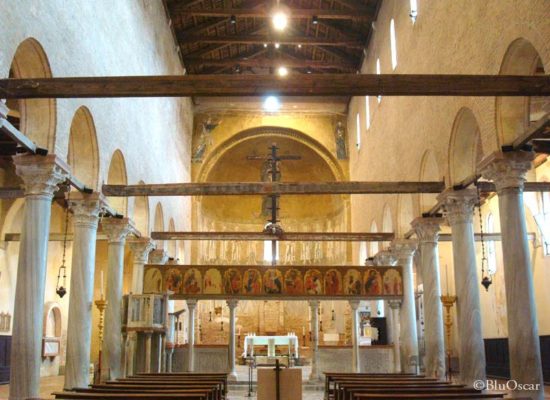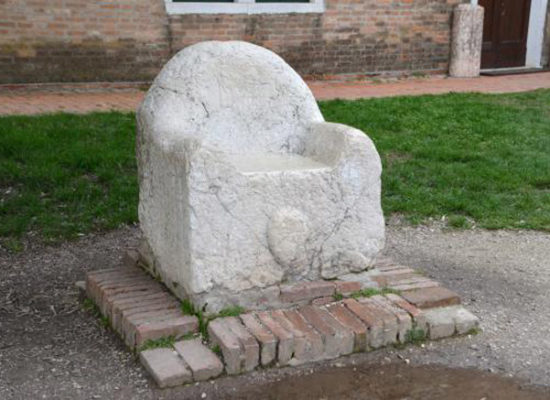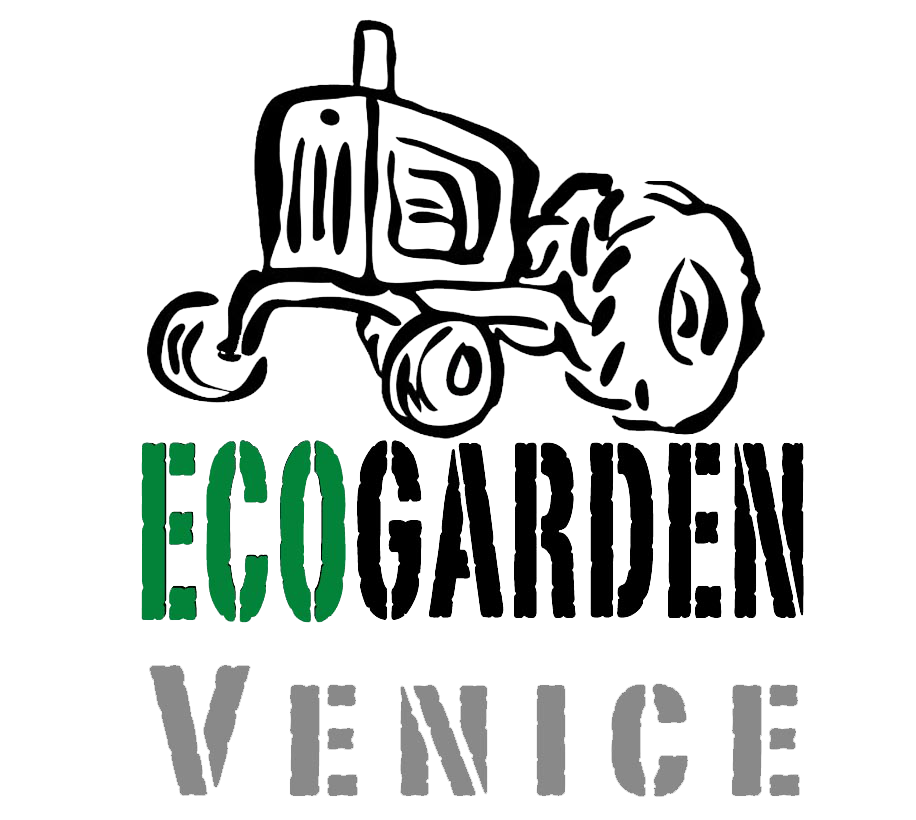The best known islands of the Venetian lagoon
The tourist complex of Eco Garden this weekend will take you on a tour of the most famous islands in the Venetian territory, Murano the island of glass, Burano the island of lace and colored houses and finally Torcello.
What is the Venetian lagoon
The Venice Lagoon or Venetian Lagoon is an Italian lagoon on the Adriatic Sea that extends along the central-northern and southern coasts of the Veneto.
It is the largest lagoon in the Mediterranean with an area of approximately 550 square kilometers. The Venice Lagoon was inscribed on the UNESCO World Heritage List in 1987.
The islands of the Venice Lagoon are about 70, of which the most famous and visited are: Murano, Burano and Torcello. But there are many other islands in the lagoon, such as Lido, which hosts the Venice Film Festival, or Saint-Michel, where the monastery of the same name stands.

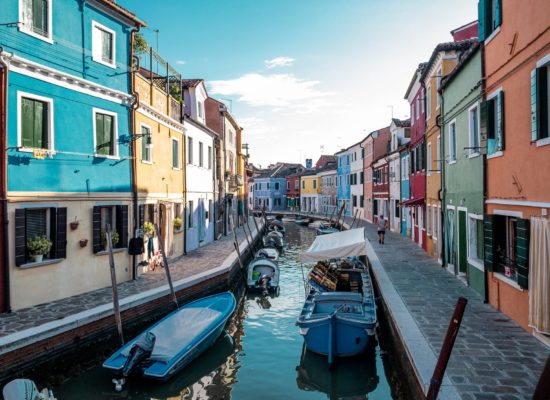

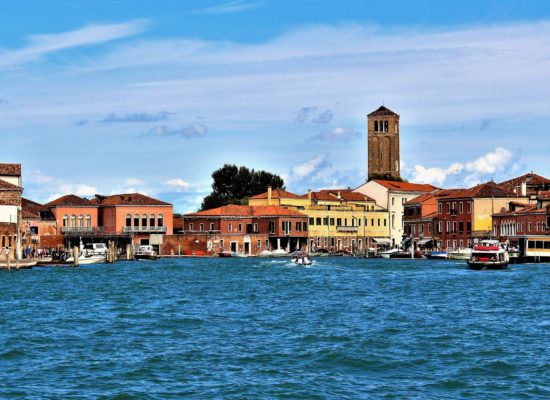
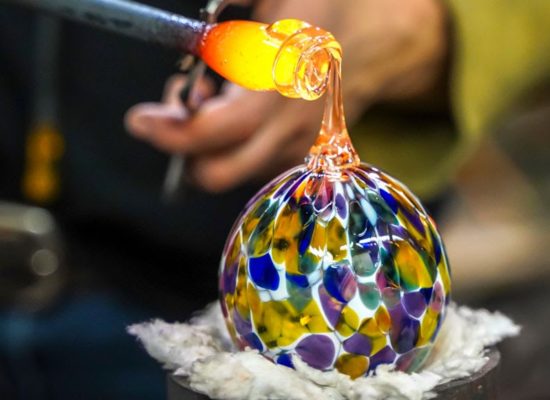
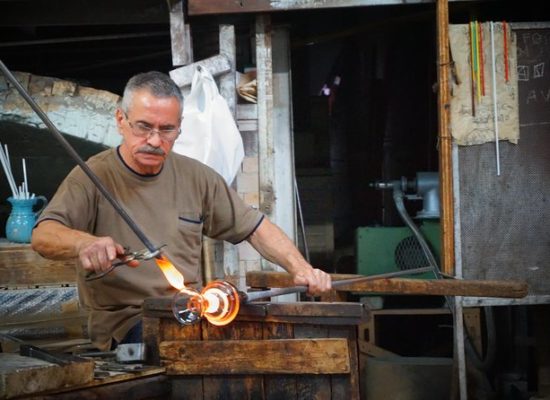
Murano what to see
The first stop on our tour of the Venice Lagoon takes us to the island of Murano, famous for its glassmaking.
Murano is actually a group of islands connected by bridges on which the production of artistic glass has been concentrated since the Middle Ages.
There were two reasons for the decision to make Murano the “World Capital of Art Glass“: to protect the secrets of glass processing, and to protect the city of Venice from possible fires due to the presence of the furnaces, which were then all transferred on Murano Island.
The art of glassmaking is not learned in school, but is handed down from father to son. Only after more than 10 years of apprenticeship, in fact, we hope for the title of “Master” of glass.
THE BASILICA OF SS MARIA AND DONATO
This cathedral, in addition to being very beautiful on the outside, is also inlaid with precious mosaics. In fact, the date “September 1141” is recorded in a 12th century mosaic, contemporary with the construction of the Basilica of San Marco. The mosaics in porphyry, serpentine and other marbles and precious stones depict Christian images such as peacocks, griffins and eagles.
Thanks to a 1973 restoration, the mosaic floor of the cathedral was saved from the high waters of the Venice Lagoon. The mosaic tiles, in fact, are slowly being lost and consumed due to this phenomenon. The restoration was possible thanks to the intervention of the American Society Save Venice and a contribution from Ms. Gladys Delmas.
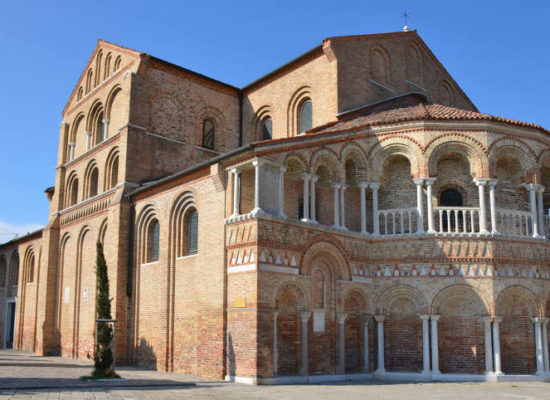
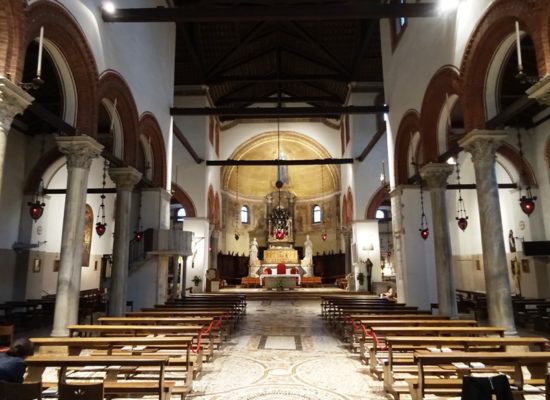
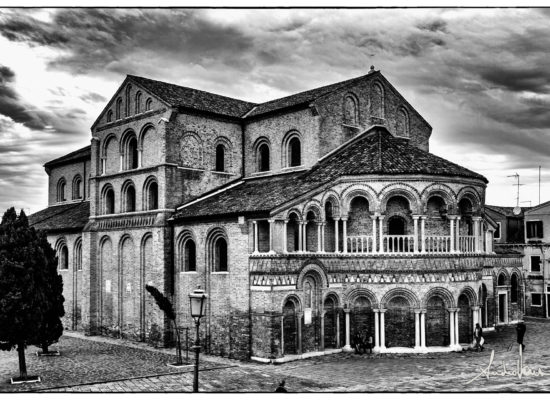
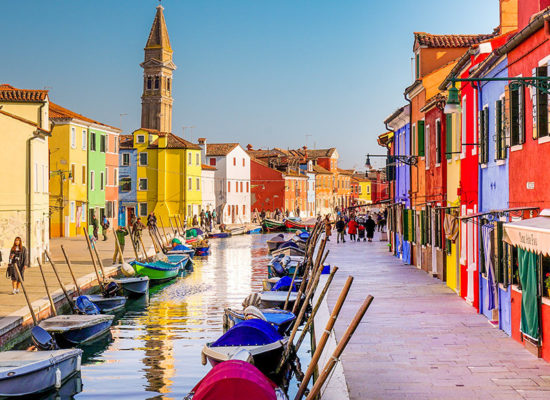


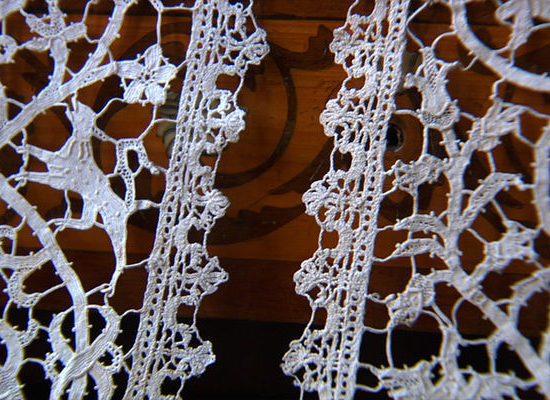
What to see in Burano
Burano is known for its lace making, which is essentially a finely embroidered lace. But in recent years it has become more famous on social media for its many colorful houses. In fact, the colorful houses of Burano are wonderful and lively.
I recommend you get lost in the alleys, with wonderful views and squares, and go to Calle del Pistor for the small and colorful Bepi Suà Home.
The busiest street in Burano is Via Baldassarre Galuppi, full of shops and clubs, and in the end it is Piazza Baldassarre Galuppi. In this very large square there is the Church of S. Martino Vescovo with its sloping bell tower.
If the desire for colored houses is insatiable and you want to capture some glances away from the chaos of tourists, head towards Street of Corte Comare, here you will find a beautiful row of colored houses waiting for you.
What to see in Torcello
It is a little known place compared to other islands of the Venetian lagoon and very wild, where you can breathe tranquility. This island was one of the first settlements in the Venice lagoon and although it now has only a few dozen inhabitants, it was once populated by over 20,000 people.
In fact, Torcello was born as a commercial district and only later became a refuge for the population, fleeing the barbarian invasions.
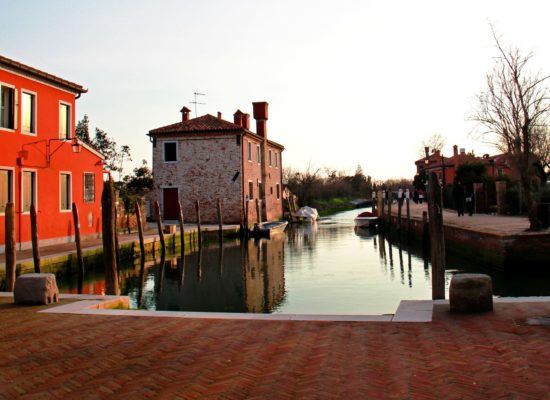
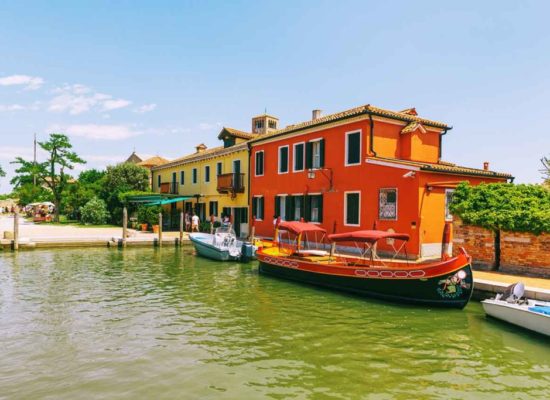
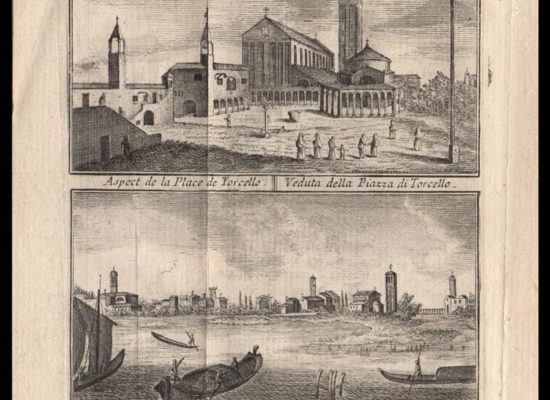
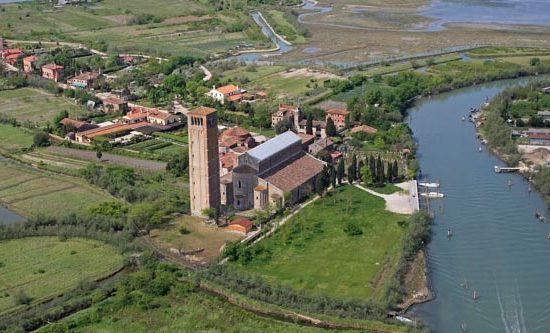
The attractions of Torcello
The most important building in Torcello is undoubtedly the Basilica of Santa Maria Assunta, a Venetian – Byzantine building. Renovated in its present form around 1000, it preserves important Byzantine mosaics, including the magnificent “Last Judgment”. The visit to the cathedral costs € 4 per person, but it is worth buying a ticket to see the works inside.
Next to the Basilica of Santa Maria Assunta is the Church of Santa Fosca, which dates back to the 12th century, has a Greek cross plan and a portico with marble columns and capitals, combined with the architectural theme of the interior.
Other attractions in Torcello are the Throne of Attila, a marble seat that may have been used by bishops or the island’s courts to preside over the Bridge of Justice and the Devil, a bridge without railings, whose name derives from its connection with ancient legends.

